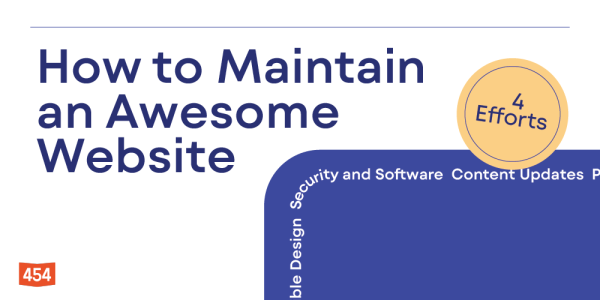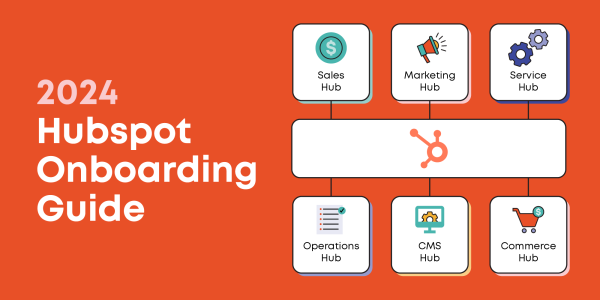How to Keep Your Sales Process from Being Hijacked by “Potential” Partnerships
Aug 08, 2018

Client Question:
We are always getting calls and emails from different people (financial advisors, insurance people, bankers, etc.) that want to become referral sources. Unfortunately these introductions pose as prospects and have been taking up more and more of our partners’ time. It seems to be a waste of time; rarely do they actually refer clients or the people they refer are not a good fit for us.
Do you have any tips on how to screen for good referral sources prior to meeting with them?
Paul's Answer:
If we don’t take charge of our sales process (and our calendars) the unfortunate reality is that others will impose their agenda and priorities on us. Often this misalignment in objectives is masked with politeness and good intentions. Every team we work with has the precious constraint of not enough time, therefore we owe it to ourselves, our families and our team to protect our bandwidth for the most important priorities of the organization.
New sales rank high on the priority list for every business. The essence of Lean Marketing is to focus on the activities that drive business forward. In order to do that we start by eliminating the activities that do not deliver. Eliminating inefficient activity is often the most effective tactic as it allows us bandwidth to do the things that count.
Here are a few recommendations we suggest immediately putting into practice:
1. To screen for “referral partners” versus “prospects,” we would ask everyone to fill out a project planner to get a sense of their needs. People will quickly filter themselves as either a sales opportunity or a partner. This can be as simple as a one page document that outlines their needs, desired outcomes, time-frame and budget. (Click here to download 454's version of a Project Planner!)
2. Great partnerships require investment on both sides. If your business objective is to build great symbiotic partnerships, then develop clear expectations on how two-way partnerships work. For example, our definition is “We are picky about our partnerships and here’s what we expect (same code of conduct, ethics and values as employees, number of introductions, healthy relationships, etc.)”
The partnership process should start outside of a conversation with the executive team. This might include a signed partnership agreement and expectations document. Once the process is defined, it escalates partnership conversations when the first referral is made. The referral becomes the trigger to invest in bringing the potential client and the referral partner to a face-to-face meeting.
3. You must document the ideal client fit. If they don’t know specifically what makes a good client for your organization, you can’t fault partners for delivering introductions that don’t count.
4. Invest appropriately in the partnership process. Have an annual or quarterly partner connection point. This could be an in-person event or a marketing touch-point. Make partnerships part of the growth plan. You should drive the process, not the “partners.”
For most professional service firms, partnerships are a key component of the growth strategy. This requires disciplined investment and a structured approached to measuring referral credits and ROI. In business, as in marriage, finding he right partner is key. It is a mutual give/receive equation. Our perspective is that the healthiest partnerships involve very clear guidance on how value is generated for both parties. If it is compensation, be painfully clear on commission structure, timing of payments and pre-qualification criteria. If the expectation is that referrals are altruistic and given freely, they must be reciprocated actively to maintain the balance of value to both parties.
Take some time to evaluate the invested time and health of the partnerships that your organization currently maintains. Is there an accurate measure of investment and ROI? If the data points are anecdotal, your sunk cost bias and recency bias may be skewing your perspective. Set a regular (quarterly) evaluation period to assess your partnerships, categorize them (e.g. ideal, needs nurturing, we should talk) and measure ROI and funnel movement with leads.
How to Keep Your Sales Process from Being Hijacked by “Potential” Partnerships by ![]() 454 Creative in CEO Coaching
454 Creative in CEO Coaching









Leave A Comment